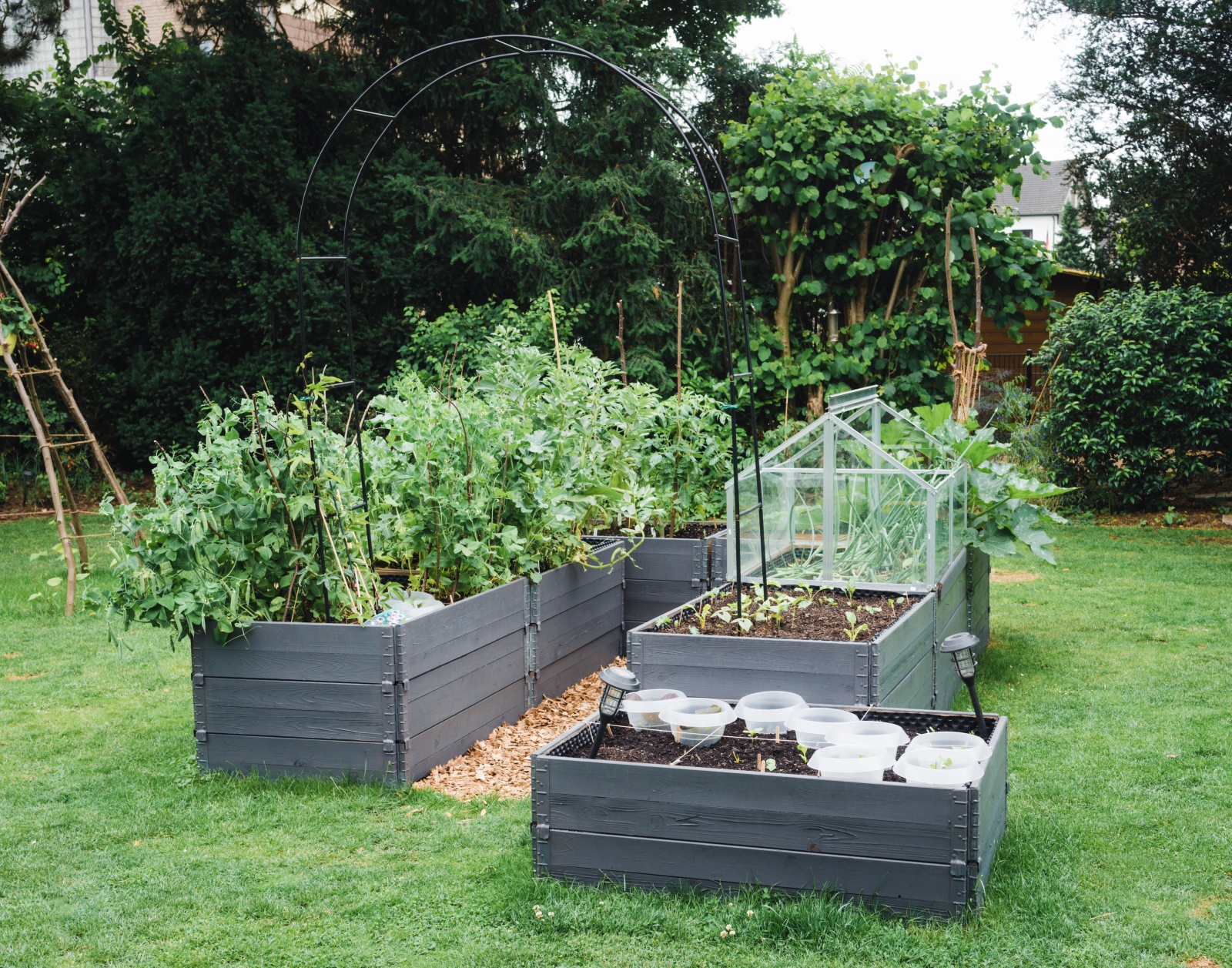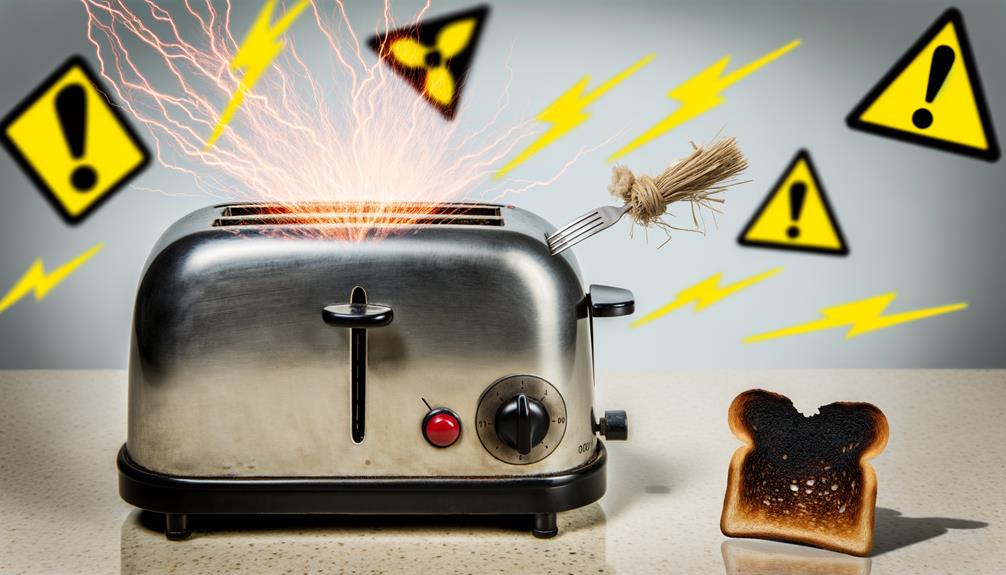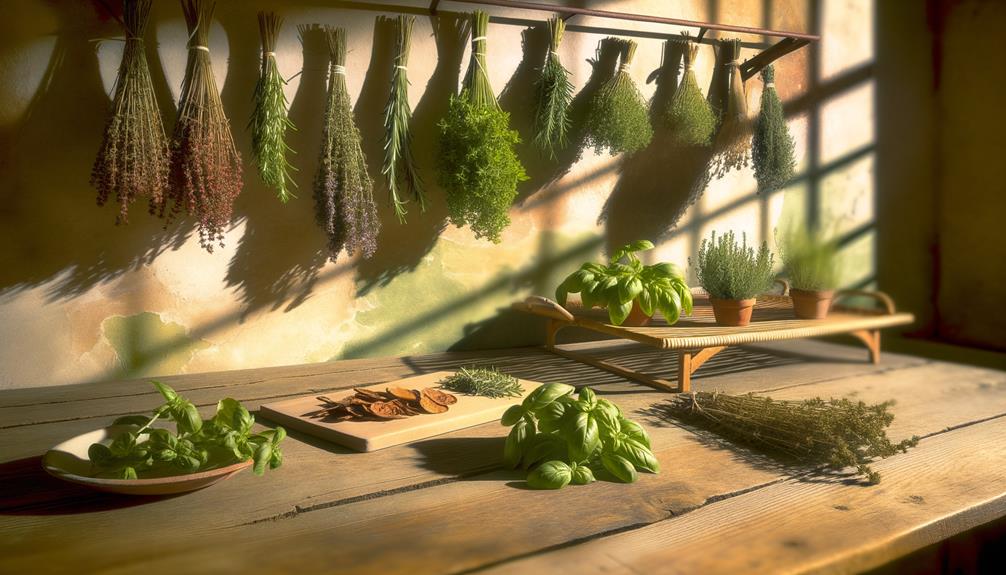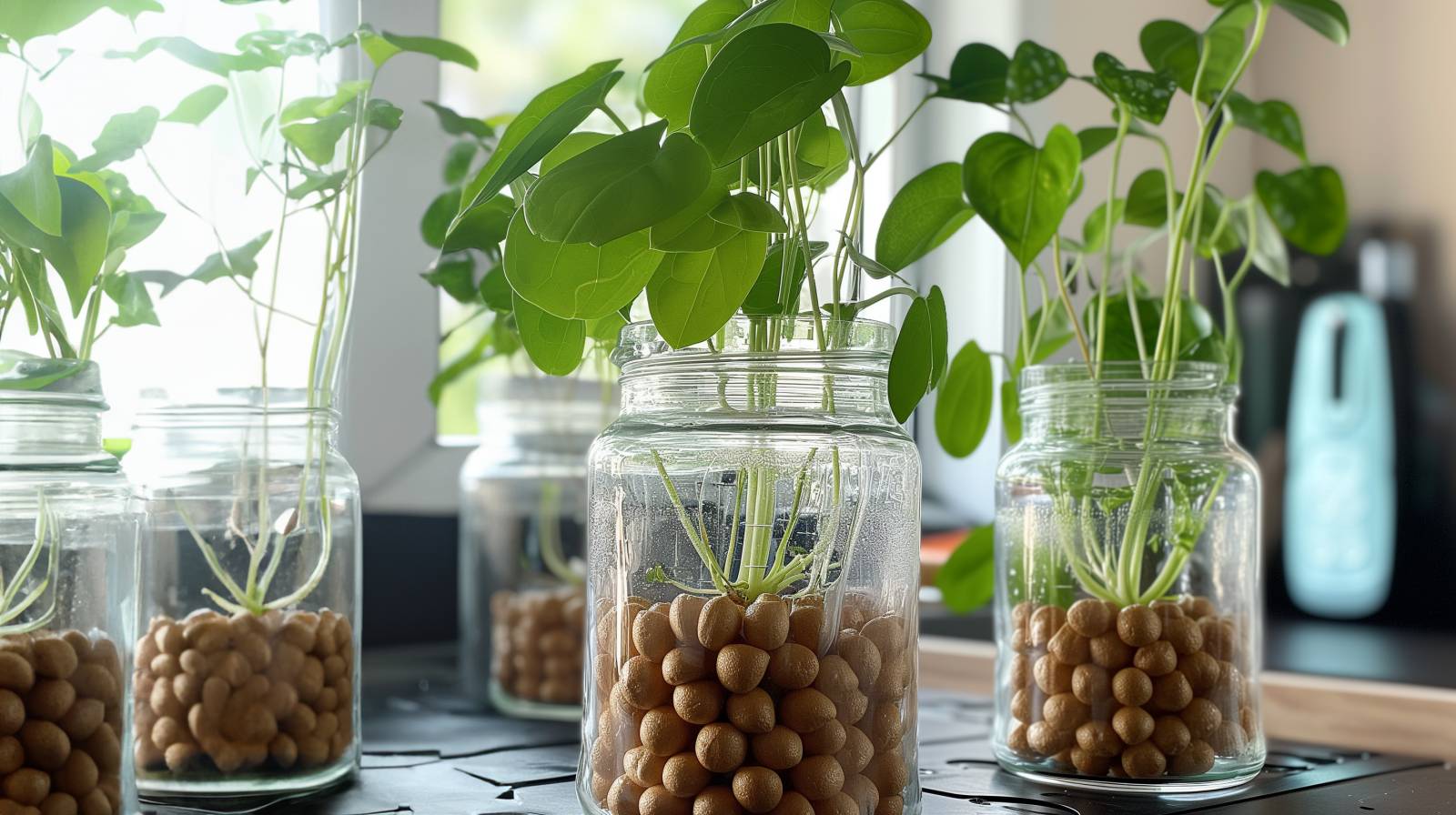Raised garden beds are fantastic ways to get started as a beginner (and beyond!) because they’re ergonomic and make it easier to assess how well your plants are growing. Mistakes can still be made, though! In this article, we’ll discuss nine common mistakes beginners make and how to avoid them, so your garden thrives.
Table of Contents
ToggleMistake 1: Overwatering
Overwatering is a common gardening mistake that can lead to root rot and poor plant health in raised garden beds. Providing too much water can create an environment conducive to fungal diseases and suffocate plant roots.
To avoid overwatering, use a moisture meter to measure soil moisture levels and water only when the top inch of soil is dry. Invest in a good quality watering system such as a drip irrigation system or a soaker hose, which provides a slow, steady release of water to prevent waterlogged soil.
Mistake 2: Planting Too Close Together
Planting plants too closely together can lead to poor air circulation, increased disease susceptibility, and competition for nutrients and sunlight. This mistake can negatively impact your raised garden bed’s overall health and productivity.
To prevent overcrowding, follow the recommended spacing guidelines for each plant species. Consider using square foot gardening, a method that efficiently utilizes space, and incorporate trellises or vertical gardening techniques to maximize growing area without sacrificing air circulation. Carefully read and follow the spacing recommendations on seed packets or plant tags. Using a planting template can help ensure proper spacing and plant organization.
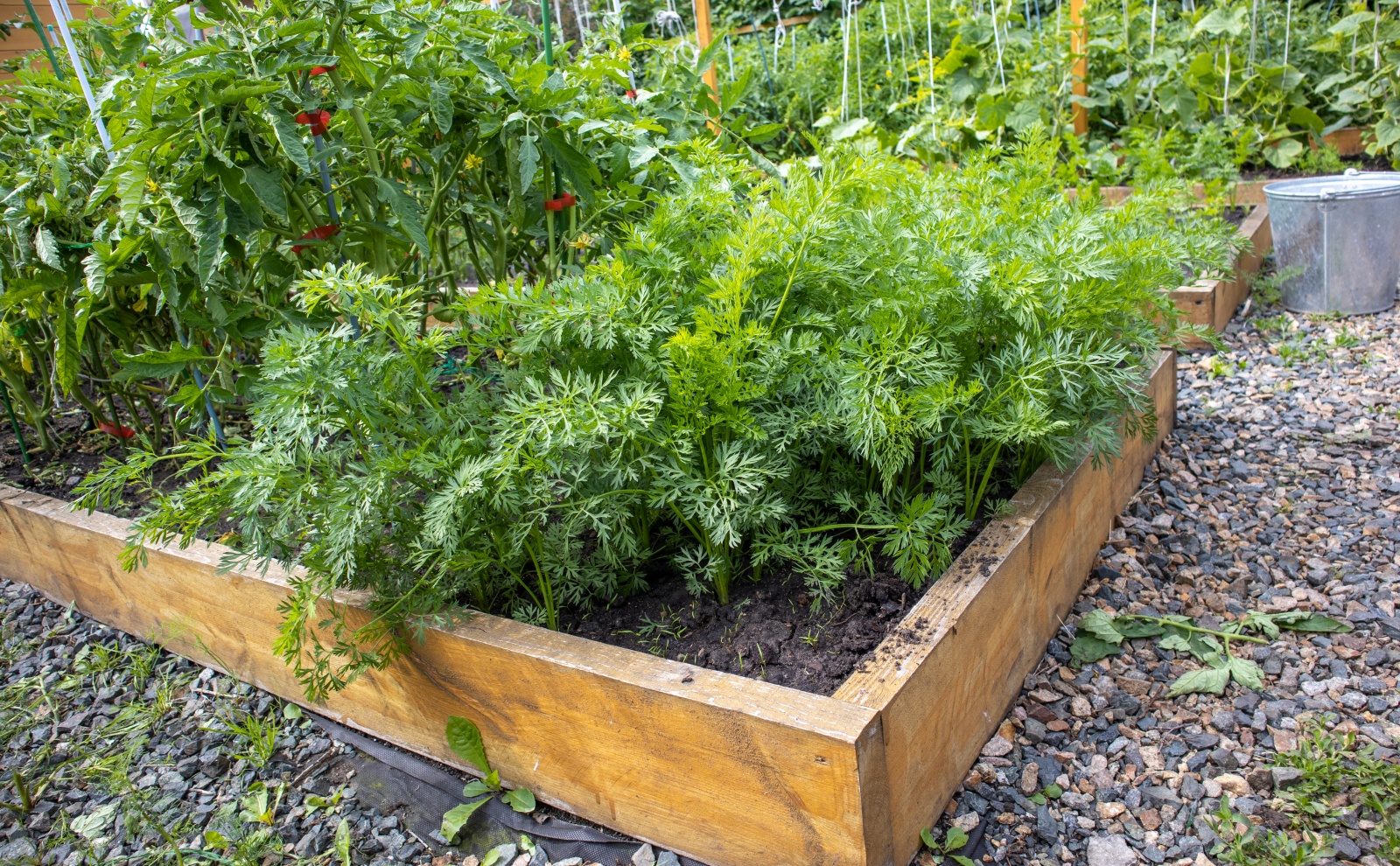
Mistake 3: Ignoring Soil Quality
Neglecting soil quality can lead to poor plant growth, nutrient deficiencies, and an unhealthy garden. Raised garden beds require well-draining soil with a balanced nutrient profile to thrive.
To maintain good soil quality, use high-quality organic compost or well-aged manure to amend the soil annually. Use a soil testing kit to identify any nutrient imbalances or deficiencies and make necessary adjustments. Use organic fertilizers and soil amendments like worm castings or kelp meal to maintain a healthy garden bed.
Mistake 4: Not Monitoring for Pests and Diseases
Failing to monitor for pests and diseases can result in extensive damage to your raised garden bed. Early detection and intervention are key to preventing widespread infestations or infections.
Regularly inspect your garden for signs of pests or diseases, and take action immediately upon detection. Use organic pest control methods such as insecticidal soaps or neem oil, and practice crop rotation to reduce the chances of recurring issues. Introduce beneficial insects like ladybugs and lacewings to create a natural defense against pests.
Mistake 6: Insufficient Sunlight
Underestimating the amount of sunlight needed for your plants can lead to weak, spindly growth and reduced fruit or flower production. Most vegetables and flowering plants require at least 6-8 hours of direct sunlight per day to thrive.
To avoid this mistake, assess the sunlight exposure in your garden area before planting, and choose a location that receives adequate sunlight. If you have limited sun exposure, consider planting shade-tolerant varieties or using reflective materials to increase the light available to your plants.
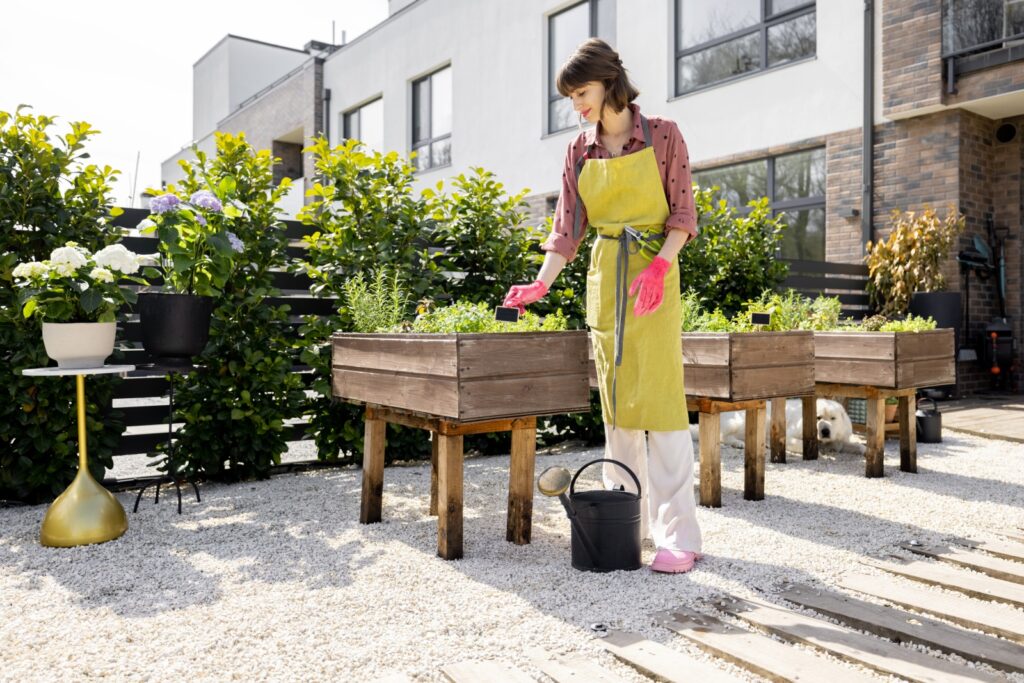
Mistake 7: Inadequate Drainage
Poor drainage in raised garden beds can lead to waterlogged soil, root rot, and overall poor plant health. Good drainage is essential for healthy plant growth and disease prevention.
To ensure proper drainage, use a well-draining soil mix that contains organic matter and coarse materials like perlite or vermiculite. Ensure the base of your raised bed is designed to allow excess water to escape, and consider installing a French drain system if necessary to redirect excess water away from your garden.
Mistake 8: Planting at the Wrong Time
Planting at the wrong time can cause your plants to struggle with temperature extremes, frost damage, or inadequate growing time. Timing is crucial for the success of your raised garden bed.
To avoid this mistake, familiarize yourself with your area’s last frost date and first frost date. Use this information to plan your planting schedule, ensuring that temperature-sensitive plants are sown or transplanted at the appropriate times. You can use season extenders like cold frames or row covers to protect plants from unexpected temperature fluctuations. It might also be helpful to use a gardening calendar or app to keep track of planting schedules.
Mistake 9: Neglecting Proper Maintenance
Failing to maintain your raised garden bed can lead to uncontrolled weed growth, poor plant health, and a less productive garden. Regular maintenance is crucial for keeping your garden looking its best and producing optimally.
To stay on top of maintenance, establish a consistent weeding schedule, prune plants as needed to encourage healthy growth, and remove any dead or diseased plant material. Use organic mulch to suppress weeds, conserve moisture, and regulate soil temperature. Implement a regular fertilization schedule to maintain adequate nutrient levels in your soil.
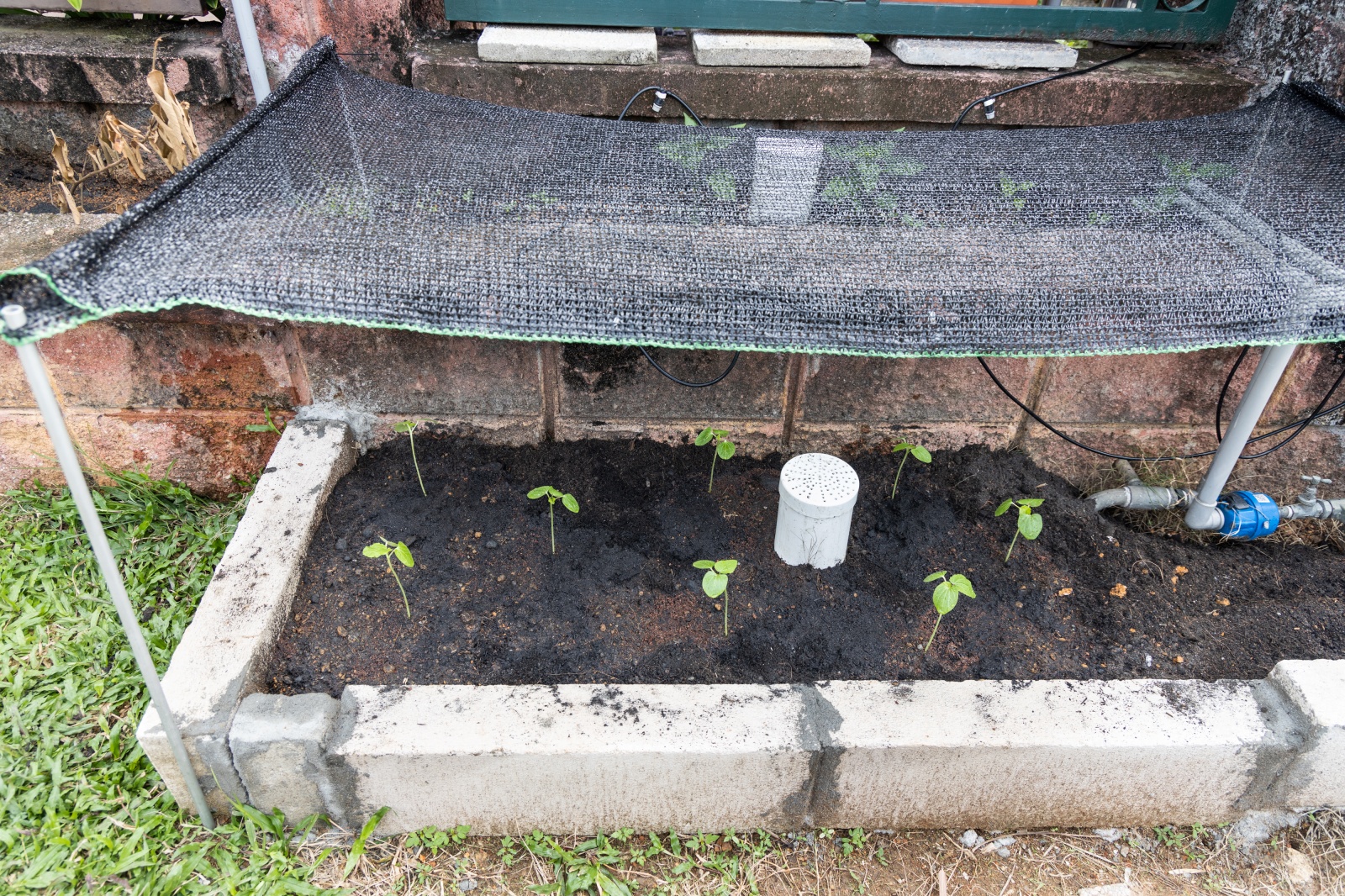
Mistake 10: Over-Fertilizing
Over-fertilizing your garden can cause nutrient imbalances, excessive growth, and even harm your plants. Using too much fertilizer can also contribute to water pollution and have negative environmental impacts.
To avoid over-fertilizing, perform a soil test to determine the specific nutrient needs of your garden. Apply fertilizers according to package instructions and avoid over-application. Opt for slow-release organic fertilizers, which provide a more controlled release of nutrients and are less likely to cause harm to your plants or the environment.
Mistake 11: Not Rotating Crops
Failing to rotate crops in your raised garden beds can lead to depleted soil nutrients, increased pest problems, and the buildup of soil-borne diseases. Crop rotation is essential for maintaining a healthy and productive garden over time.
To avoid this mistake, plan a crop rotation schedule that cycles plants from different plant families through your raised beds each growing season. This practice will help maintain balanced soil nutrients, reduce pest populations, and prevent the buildup of diseases. By changing the location of specific crops each year, you’ll promote a healthier garden ecosystem and enjoy more abundant harvests.

